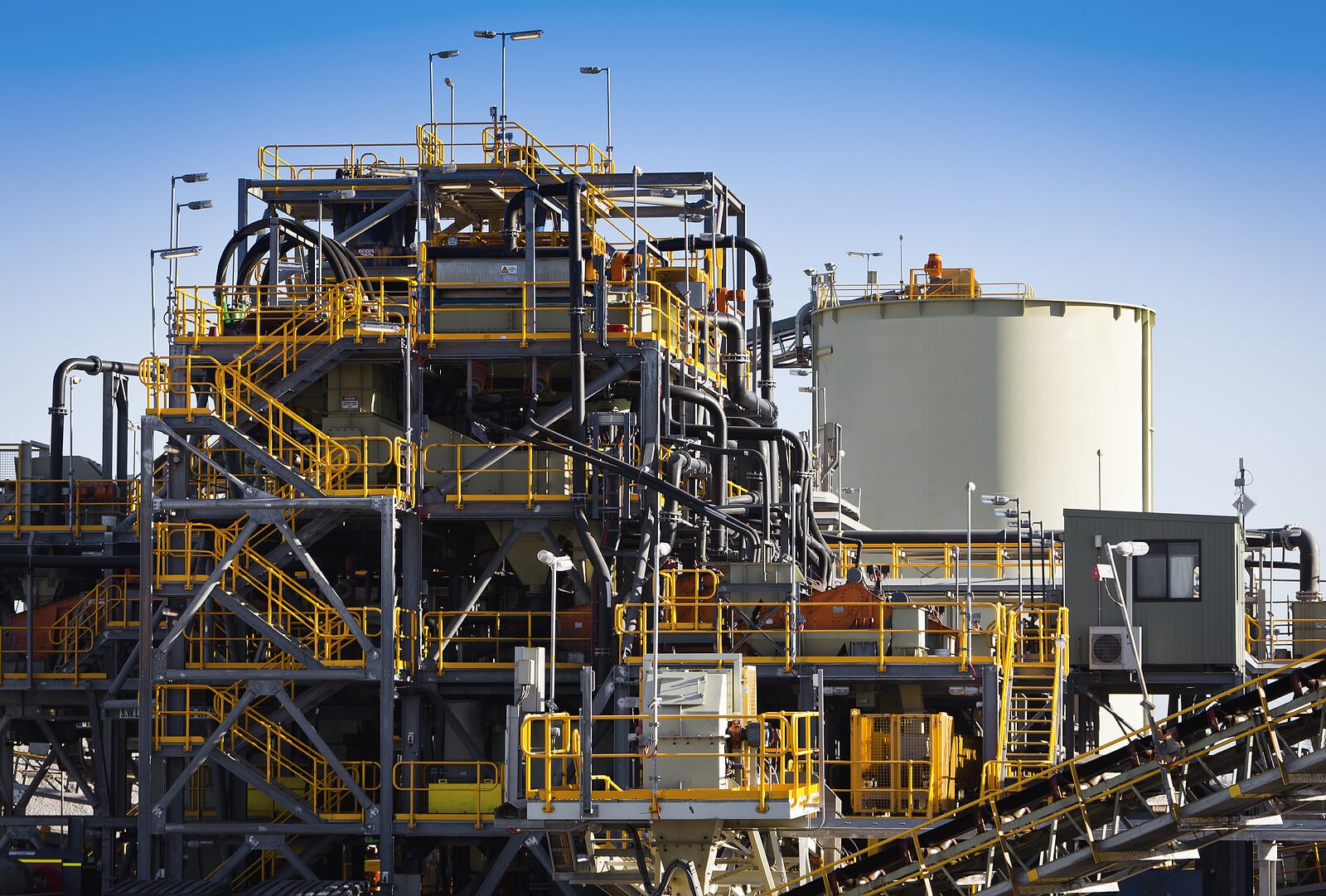Armenal Refutes Claims of Impending Shutdown

Yerevan's Armenal aluminum plant has officially denied rumors circulating in several Telegram channels regarding its potential shutdown. The company's press service confirmed to ArmInfo correspondents that operations continue as usual, directly contradicting claims about a looming cessation.
Recent reports suggested that Rusal, the unified company overseeing Armenal, demanded a 30% workforce cut—equating to around 200 employees—possibly preluding a preservation strategy for subsequent sale. These assertions, indicating a deadline by January 1, 2024, were firmly rebutted by the enterprise.
Performance Dip Amidst Market Challenges
Despite the denial, recent statistics reveal a slight dip in Armenal's aluminum foil exports in 2023. Armenian customs data indicates a 16.5% decrease in the first half of 2023 compared to the previous year, with the customs value of exports also falling by 25.3% to $49.3 million. This downturn isn't isolated to the current year; there's been a notable reduction in foil output, dropping by 19.1% over eight months in 2023, following a trend from the past years.
Historical data shows a fluctuating production pattern, with Armenal's output wavering since 2017. These variations seem to reflect broader market challenges, with Rusal's enterprises grappling with depressed aluminum prices, triggering financial strain due to newly imposed export duties.
Rusal's Broader Struggles
Within this challenging economic context, Rusal contemplates shutting down several unprofitable plants. Current market dynamics make the closure of facilities with operational costs above the group's average seem almost unavoidable. While Armenal is not listed among the most vulnerable facilities, the ongoing situation underscores the pervasive difficulties facing aluminum producers due to market constraints and low commodity prices.
This development, alongside Armenal's operational assurances, highlights the complex, often turbulent landscape of aluminum production on a global scale, demonstrating the sector's susceptibility to market shifts and fiscal policies.





